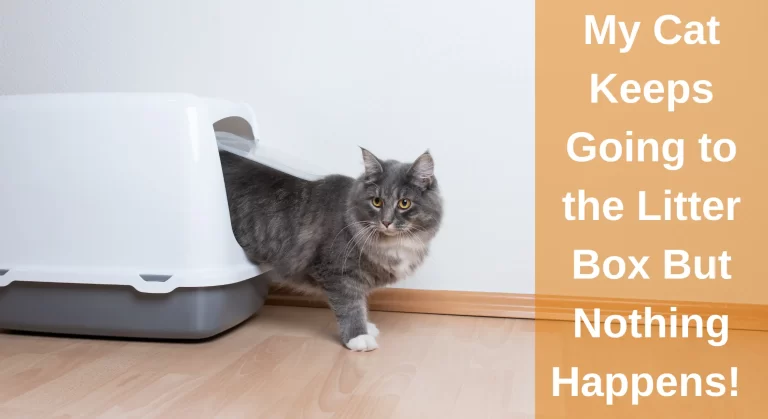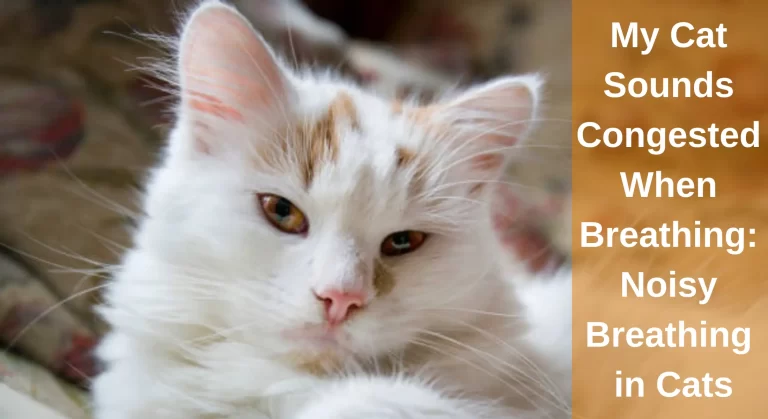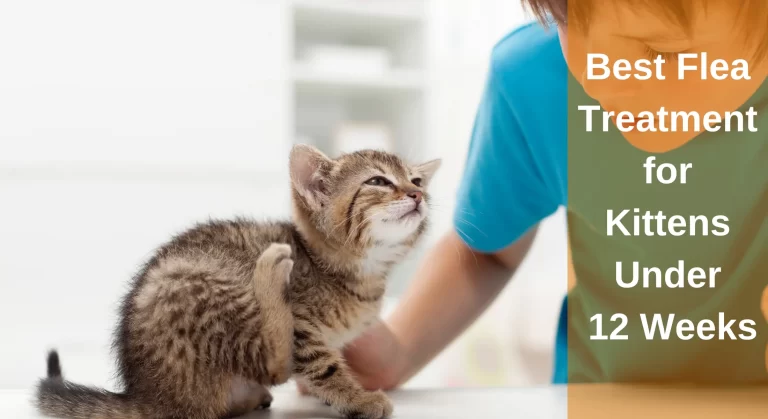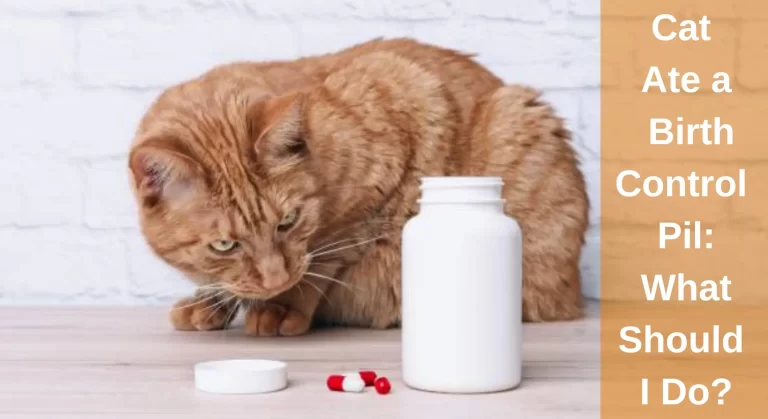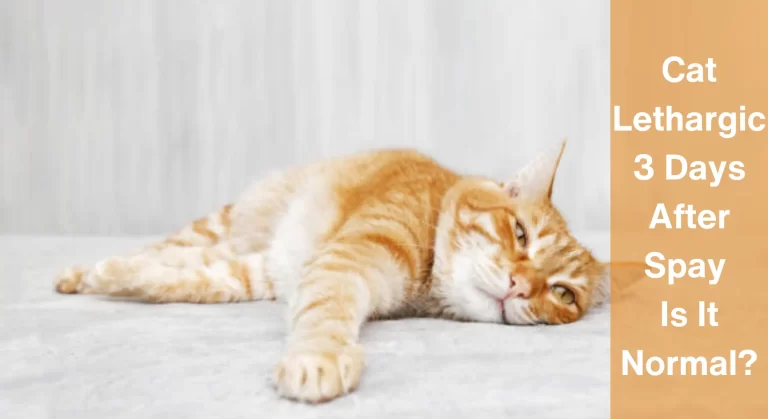My Cat Has a Fever and is Lethargic: Sings of Fever in Cats
Cats, like humans, can suffer from high body temperatures when they are sick. Several factors may contribute to this. Take your cat’s temperature to see if it has a fever. That is the only way to tell for sure whether it has a fever or not.
Fever is a standard indicator of infections, diseases, certain malignancies, and various ailments. 103°F or more than this is considered a feverish temperature for cats. But immediate medical attention is required if the cat’s body temperature rises to 106°F or more. Cats may be more susceptible to brain and heart damage and mortality at these higher temperatures.
Fever is a symptom, not a disease; thus, determining the reason is essential for effective treatment. Higher fevers that stay longer than one or two days necessitate medical treatment.
Continue reading so that you can answer the questions: why my cat has a fever and is lethargic; why is my cat’s body temperature so high? What are its symptoms as well as treatments?
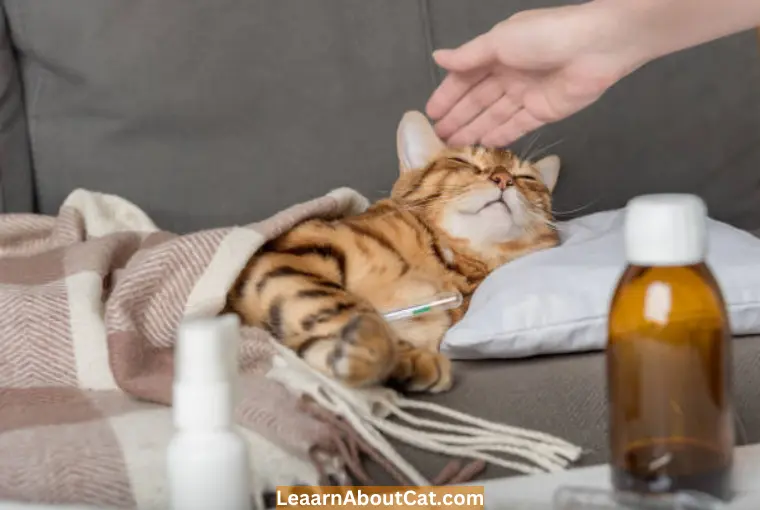
What Causes Fever Cats? Fever And Lethargy in Cats
Fevers in cats or other companion animals can result from several medical conditions. A typical indicator of several illnesses and disorders is fever. The reason could only sometimes be known. A cat will frequently experience a fever in response to a disease or sickness, much like humans do when we are ill. Fever can have a variety of causes, such as:
- Bacterial illnesses
- Yeast infections
- parasitic infections
- metabolic conditions
- Tumours
- Immune disorder
- Internal harm Several drugs
- Toxins
- Antibody-mediated inflammatory illness
- Hormonal disturbances
1. Bacterial illnesses
Once a dangerous germ or virus is caught, it will begin to attack your cat’s body. The skin, eyes, hearing, and main organs may all be impacted by this. Depending on your cat’s illness, different bodily areas may be affected, and the severity of their disease will also vary.
2. Internal Damage
It is most likely the source of your cat’s fever if you are aware that they have recently had a traumatic incident, such as being struck by a car, taking a nasty fall, or getting into a catfight. You could also notice that your cat doesn’t eat and sleeps all day. In any event, I would strongly advise contacting your cat to the vet immediately following a significant trauma, just in case.
3. Unknown Origin Fever
Rarely, your cat’s fever could keep returning or persist after therapy. If this occurs, your cat is considered to have an unknown-origin fever. However, illnesses are typically the culprit. A fever of unknown origin(FUO) may commonly be accurately diagnosed after undergoing several diagnostic procedures and exams. Your kitten will soon be content and healthy, thanks to the development of an efficient treatment plan.
4. Parasitic Diseases
Infections caused by parasites frequently affect cats. In addition to fleas, lice, and mites, several parasites might result in a more severe illness and fever. If these illnesses affect the eyes, your cat’s third eyelid can be visible.
Toxoplasmosis is one such illness that is quite common in cats. High fevers, lack of appetite, and sedentary behaviour are the most typical signs of this parasite illness.
Also Read: Why My Cat Has Scabs on Its Neck But No Fleas?
5. Toxins
It is exceedingly deadly when a cat consumes a poison or toxin. Your cat may also experience vomiting, diarrhoea, trouble breathing, twitching, fits, or even go into a coma in addition to their temperature. You must take your kitty buddy to the clinic right away if you believe they have consumed something poisonous.
6. Immune Disorder
This may influence one or many of your cat’s physiological systems, but in either case, your cat will exhibit the signs of a healthy immunological response. The severe phases of the illness are characterised by fever, drowsiness, and a loss of appetite, so don’t be alarmed if your older cat starts to lose weight, sleeps more frequently, and feels warm to the touch.
7. Yeast Infections
Ringworm is one of the most well-known fungi that affect cats. While other fungal illnesses can affect the entire body, this affects the skin of cats. Extreme fatigue and fever are two symptoms that many different fungal diseases share.
Feline Fever Symptoms
A body temperature exceeding 103 degrees Fahrenheit is the cat’s main symptom of fever. Typically, tiredness and flushing are visible signs. More severe symptoms might manifest in situations of higher temperatures or persistent fever. The cat may exhibit many other symptoms depending on the condition underlying the cat’s fever.
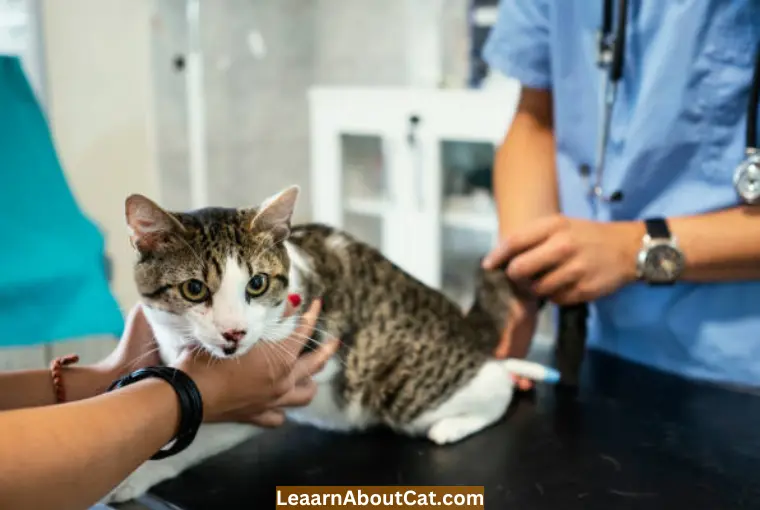
Signs could Be:
- High body temperature
- Dehydration
- Lack of appetite Skin blushing or reddening
- Dry mouth or skin
- Loss of weight
- Lethargy
- fast heartbeat
- Weakness
- Panting or rapid breathing
Significant Signs Involve Changes in behaviour and Confusion \Shock \Seizure, \ and Death as well.
Also, Check Out: Why Is My Cat Has Dry Nose And Not Eating?
What is the Treatment for Cat Fever and Lethargy?
Before the reason for a fever is identified, nothing can be done to cure it. Lower fevers may not even be attempted to be treated by the veterinarian because it is typical for the body to elevate its temperature to help the immune system fight illnesses. When treating a fever, maintaining fluids and bringing the temperature down will be the main priorities; other therapies may differ depending on the underlying ailment. Your pet may need to be monitored and treated at a hospital. Typical treatments could comprise:
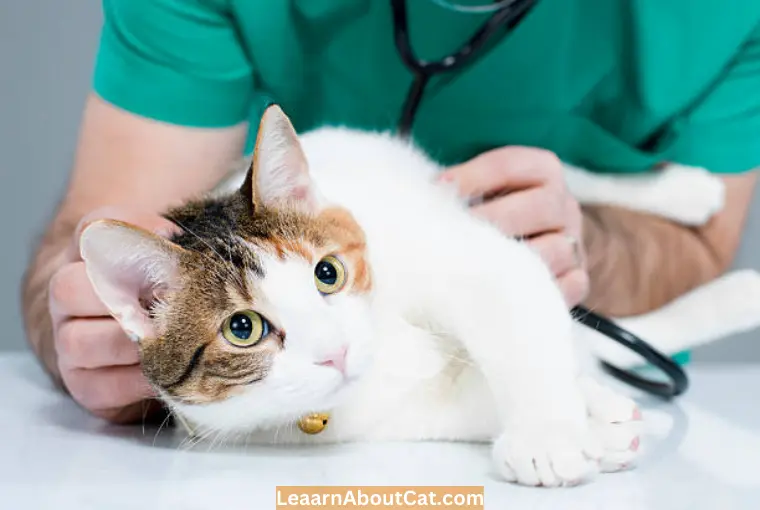
1. Antibiotics
Since infections are a frequent cause of fevers, they are a standard therapy. Your veterinarian won’t provide this kind of medicine until the illness has been determined to be the cause since it works to treat bacterial infections.
2. Fluid Treatment, either Intravenous (IV) or Subcutaneous (SQ)
They are required if the cat exhibits dehydration-related symptoms. IV and SQ fluids fight dehydration, give nutrients to help with anorexia, and could even help to reduce the body’s core temperature modestly. The danger of adverse effects is relatively minimal with this popular medication.
3. Corticosteroids
Corticosteroids are used to relieve pain, fever and other related disorders. These are typically used to suppress an immune response.
4. Surgery
To treat instances with severe infections, tumours, or certain parasites, surgery may be required. Your veterinarian must decide if surgery is the best option for your cat’s recovery because it can put your pet in danger.
5. Medications
They lower fever, including nonsteroidal anti-inflammatory drugs (NSAIDs) that are safe for cats and several painkillers and anti-inflammatory drugs. The improper pills may be lethal to cats, so never give your cat this kind of medication at home unless a veterinarian has prescribed it. Your veterinarian will choose the proper drugs and dose based on the needs and size of your pet to lower the chance of significant problems.
Advice on: How To Take Cat’s Temperature With A Thermometer
Taking your cat’s temperature is the only method to be positive that they are feverish. The most precise way to take a cat’s temperature is with a paediatric rectal thermometer. An electronic thermometer is more secure than a glass one. One is available through your veterinarian or the pharmacist. An expert can take a cat’s body temperature using the following steps.

Prepare all the necessary materials before you start: The thermometer should be cleaned with alcohol and wiped using a paper towel. Also, take a cat snack.
- A glass thermometer should be shaken to lower the mercury below the 96o mark. Rotate it and hold it up to the light to be sure. A digital thermometer must be turned on before usage.
- Apply lubrication to the thermometer’s tip.
- Have a supporter crate the cat so that its back is facing you. Or, if you’re alone yourself, lean your cat’s body firmly against you.
- Slowly lower the tail while putting the thermometer inside the anus. Once this has happened, gently enter the thermometer—do not force it—about an inch into the rectum.
- After hearing the beep, remove the digital thermometer. Glass thermometers should be left in place for roughly two minutes.
- Put out the thermometer from his body and clean it. Check the temperature by turning a glass thermometer while holding it up to the light.
- Lastly, give them some reward.
Frequently Asked Questions
Why is my cat acting so exhausted all of a sudden?
Fever is a typical cause of lethargy in cats and may be brought on by an illness. Sedated or sluggish cats are commonly ill cats. Older cats may have age-related physical changes, and most cats will get slower if they have joint or arthritic problems.
How to tell if your cat has a fever without a thermometer?
Your cat may exhibit one or more of the signs listed below if they have a fever, depending on the underlying cause:
1. Having no appetite
2. Lethargy or weakness
3. Shivering
4. Rapid heartbeat, Less activity
5. Dehydration
6. Lack of grooming
6. Vomiting
7. Diarrhoea
How long does a cat fever last?
Depending on the illness’s intensity and aetiology, feline fevers can persist anywhere from one to five days on average.
The Bottom Line on My Cat Has a Fever and is Lethargic
Is your cat acting more seductively than usual? Are they more talkative and sluggish? When ill, cats frequently make strange sounds, feel more lethargic, and get a temperature. The most frequent causes include parasites, toxins, bacterial and viral infections, and internal traumas.
If your cat has a fever for more than a few days, it is likely suffering from a severe condition that requires medical attention. Cats should consult their veterinarian if they have fever symptoms for more than 24 hours or if their temperature rises beyond 104o F at any time. In case of bacterial infection, antibiotics are needed. Intravenous or subcutaneous fluids are administered to treat severe dehydration.
Related Posts:
Who is Isabella?
My name is Isabella, and I am a dedicated and knowledgeable cat enthusiast. With years of experience caring for cats and a deep love for felines, I made a mission to help other cat lovers navigate the challenges of cat ownership.


